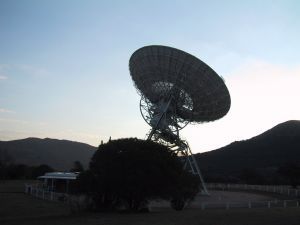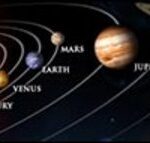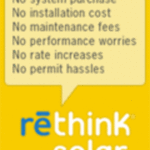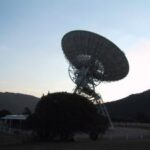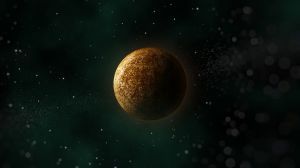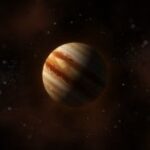Are you working on a lesson plan about the planet Mercury? Are you searching for fun facts about our solar system? Are you needing information about Mercury for a science report? Here are a few fun facts about the planet Mercury.
Mercury orbits around the sun four times as fast as the Earth does.
All planets orbit (travel around) the sun. Mercury races around the sun in only 88 Earth days. However, it spins so slowly on its axis, that one “day” on Mercury is the equivalent of 59 Earth days.
The temperature on Mercury can be extremely hot, and also extremely cold at times.
On hot days on Mercury the temperature can reach 800 degrees Fahrenheit. However, at night the temperature can drop to below -300 degrees Fahrenheit.
Mercury was named by the Romans after their fictitious “messenger of the gods”.
Because Mercury appeared to move more quickly than the other planets, the ancient Romans named the planet after their mythological messenger of the gods.
Mercury is often called a “morning star.”
Mercury will often shine brightly in the morning, just before the sun rises. That is how it received it’s nickname, the “morning star.”
Mercury does not have much of an atmosphere.
Because Mercury does not have much gravity, any gases released on the planet travel straight into outer space. Therefore it does not have much of an atmosphere. There is, however, some trace amounts of hydrogen, helium, sodium and oxygen on Mercury. If you weigh 70 pounds on Earth, you would only weigh 37 pounds on Mercury. Also, if you somehow made it to Mercury, you could jump very, very high.
In 2011, the spacecraft messenger will land on Mercury.
In 2004, scientists launched a spacecraft called messenger to Mercury. It should arrive in 2011. It will provide astronomers with more details on the composition of the planet Mercury. A spacecraft has only visited Mercury once. Mariner 10 flew over the planet in 1974 and 1975, but only observed about half of the surface. You can learn more about the messenger on the website here.
Mercury is the smallest planet in the solar system.
Mercury is a lot smaller than earth. It is even smaller than Jupiter and Saturn’s largest moons. The diameter of Mercury is about 4879.4 kilometers. That’s approximately 38% of the diameter of Earth.
Mercury has many craters.
The surface of Mercury is a lot like our moon. It has numerous craters that were caused by meterorite and asteroid crashes. Since there is no atmosphere, it is more likely to be damaged by objects falling from space.
Mercury is the closest planet to the sun.
Mercury is the closest planet to orbit the sun. Venus, Earth and Mars come next. Because it is so close to the sun, it has the hottest temperatures. Also because it is so close to the sun, it can be difficult to see at times. Mercury is approximately 36 million miles from the sun.
Mercury doesn’t have any moons.
Unlike Earth and some of the other planets, Mercury doesn’t have any moons.
Mercury is made up of about 70% metallic and 30% silicate material.
The planet consists of about 70% metallic and 30% silicate material. It has an iron core that is about 42% of it’s total size. (The earth’s core is only about 17% of its size.)
These are just ten interesting facts about the planet Mercury. Want to learn about Mars? Please read 10 “Mars Facts for Kids.” Happy Learning!
SOURCES:
11 Planets: A New View of the Solar System by David A. Aguilar
Exploring the Solar System by Mary Kay Carson
Our Solar System by Seymour Simon
http://www.solarviews.com/eng/mercury.htm
http://messenger.jhuapl.edu/faq/faq_mission.html#1
http://www.kidscosmos.org/kid-stuff/mercury-facts.html
